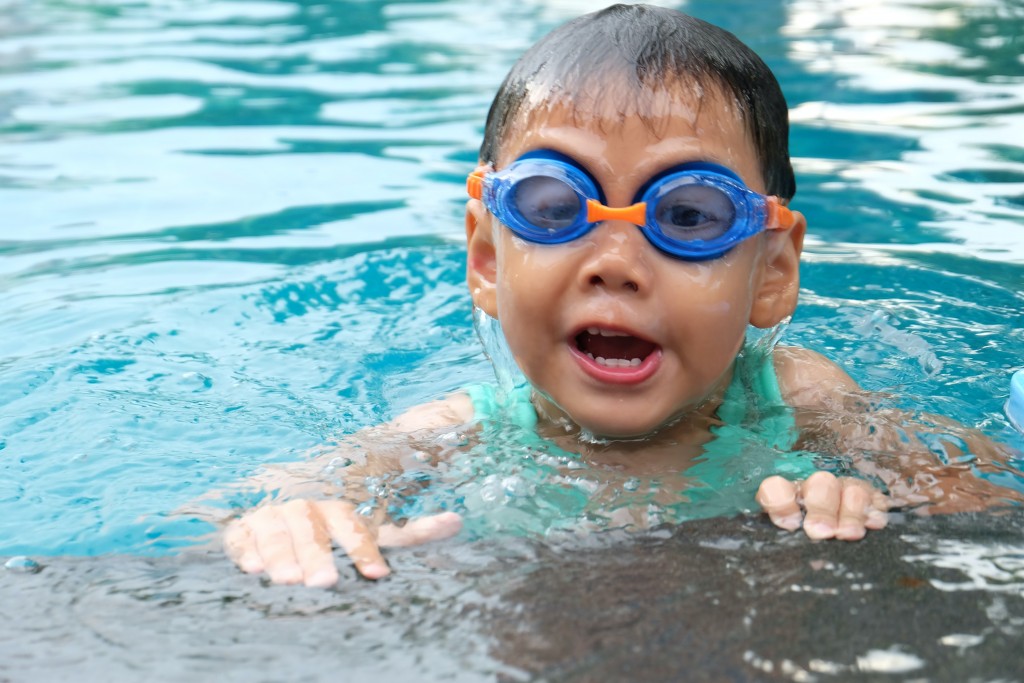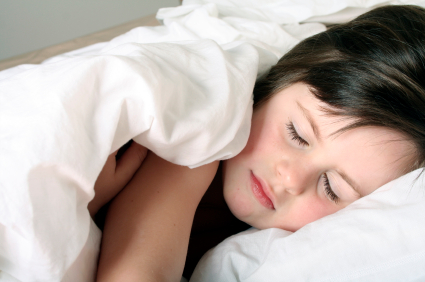
In addition to the likely continued threat of COVID-19 this summer, families will still have to deal with the season’s typical health and safety concerns, from bee stings to sun burns. But with so much information available to us, it’s hard to know what we actually have to worry about — and what we don’t. In order to clear things up, we talked to local experts who provided insight into a handful of summer health myths to find out what parents really need to focus on to keep their kids safe this summer.
Myth #1: You can’t get a sunburn on a cloudy day
False: It’s possible to get sunburned even when it is cloudy. “UV rays can penetrate through the clouds and still lead to significant sun exposure and occasionally sunburn especially when reflecting off water, sand or snow,” says Marissa Perman, a pediatric dermatologist at Children’s Hospital of Philadelphia.
Myth #2: You only need to put sunscreen on your kids once before they go outside
False: Not only does Perman recommend that children who are outside for more than 10-15 minutes during daylight hours in the summer wear sunscreen, she also explains that it isn’t enough to only apply it only once if they’re out for longer. “Sunscreen must be applied before stepping outside and every two hours thereafter,” she says, “and more frequently if swimming, sweating or toweling off.”
Myth #3: All bees sting
False: You only have to worry about certain types of bees. David Harrod, board member of the Philadelphia Beekeepers Guild, keeps honey bees and says that only the females sting. “Male bees, called drones, don’t have a stinger at all,” he says. Cris Larson, secretary of the Philadelphia Beekeepers Guild, explains that some types of bees are more gentle than others and only tend to sting if provoked. “Female bumblebees and female carpenter bees can sting, but they tend not to,” Larson says. But he adds, “A lot of people mistake wasps for bees. Wasps tend to be more aggressive, and their stings can be quite painful.”
Myth #4: A drowning person can be easily spotted because they will be noticeably struggling
False: Thelma Nesbitt, a water safety instructor at Philadelphia Parks & Recreation who has trained hundreds of lifeguards every year for 28 years, explains that a drowning victim is not always easy to spot. “Some will struggle where it’s obvious they are in distress (using arms & legs to keep their head above water) and others may not be able to get arms out of water,” she says. “Drowning victims usually do not yell for help due to them struggling to breathe and others may slip under the water because of a medical condition.”
Myth #5: You should wait 30 minutes after eating to swim
False: this one is pretty easy to answer, according to Nesbitt. This common myth — who hasn’t heard it? — she says, is simply not true. “No, you do not have to wait 30 minutes after eating.”
Speaking of water safety, if you or someone you know is interested in helping keep local kids safe at the pool, the Philadelphia Parks & Recreation’s aquatics and lifeguarding program trains, certifies and hires 400 lifeguards to work at the 70 outdoor city pools each year. It’s a great summer job for anyone who knows how to swim, and Parks & Rec trains candidates for free. Learn more at phila.gov/lifeguards.
This article first appeared in our June 2021 issue.






